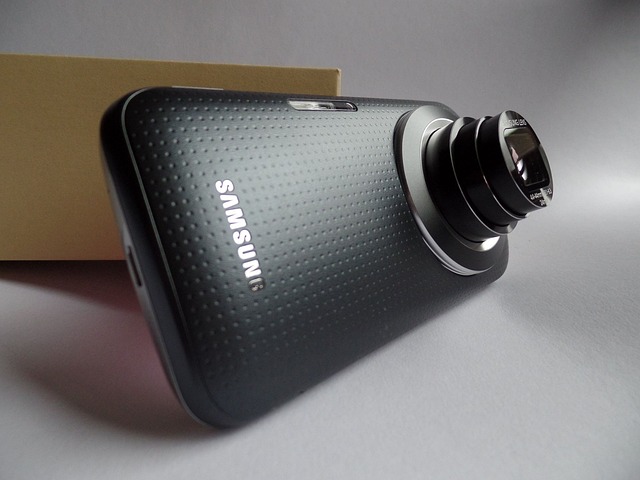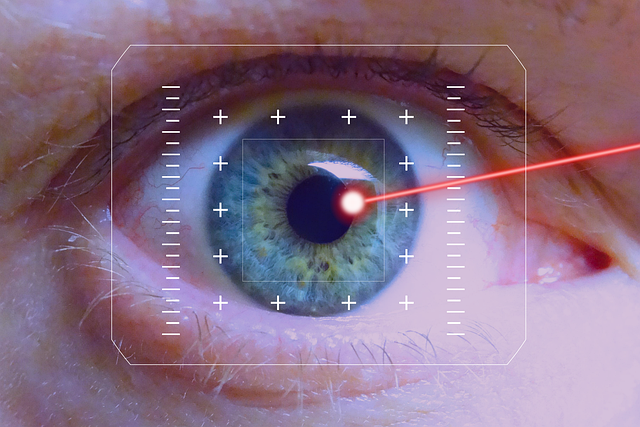In the modern age of display technology, the quest for the ultimate viewing experience has taken center stage. One key term that often arises in discussions about high-resolution displays is megapixel.” Initially associated with cameras, this term has transcended its origins, finding a crucial place in the realm of televisions and monitors. But what exactly does having a higher megapixel count mean for the average viewer? Let’s delve into the implications of megapixels in our visual experiences.
Megapixels refer to the number of pixels in a digital image that can be displayed or captured. The higher the number, the finer the detail in the picture. For instance, a 4K television boasts about 8.3 million pixels — equivalent to approximately 8 megapixels. This sharpness is what enables viewers to appreciate nuances in textures, colors, and even small movements on-screen. As display technology continues to evolve, so does the importance of these numbers in our everyday viewing.
When it comes to televisions, higher megapixels allow for a deeper immersion in visual content. Imagine watching a nature documentary where every detail is rendered so clearly you feel as though you can reach out and touch the dewdrops on a leaf. Display technology advancements have made this possible, and the emphasis on exceptional resolution continues to redefine how we consume media. From 4K to 8K and beyond, each step brings a more lifelike representation of the world we see on screen.
But it’s not just about television; monitors are experiencing a similar revolution. For graphic designers, gamers, and those working in video production, the clarity and detail offered by high-resolution displays are critical. With advancements in display technology, users can now work with visuals that have astonishing levels of clarity. This, in turn, enhances creativity and productivity, allowing professionals to identify the subtlest changes in color or detail that could have previously gone unnoticed.
Furthermore, the discussion around megapixels in display technology extends into the realm of virtual reality (VR) and augmented reality (AR). As these technologies evolve, the demand for higher resolutions becomes paramount. A seamless experience in VR can only be achieved through displays that can render images at exceptionally high megapixel counts, ensuring that users enjoy a fully immersive experience without the distraction of pixelation.
However, there are parameters beyond just megapixels when it comes to evaluating display quality. Factors such as color accuracy, brightness, and refresh rate also play critical roles. A monitor with high megapixels but poor color representation could lead to a distorted visual experience. Thus, understanding these components together is essential in making informed decisions, whether you’re purchasing a new TV, monitor, or VR headset.
As we continue to explore the implications of megapixels in display technology, it’s clear that they signify more than just a number. They represent the potential for breathtaking imagery, enhanced storytelling, and an immersive experience that reaches well beyond the screen. With each leap in resolution, viewers are afforded the opportunity to connect with content on a deeper level, making the world of visual technology an exciting landscape to navigate.




